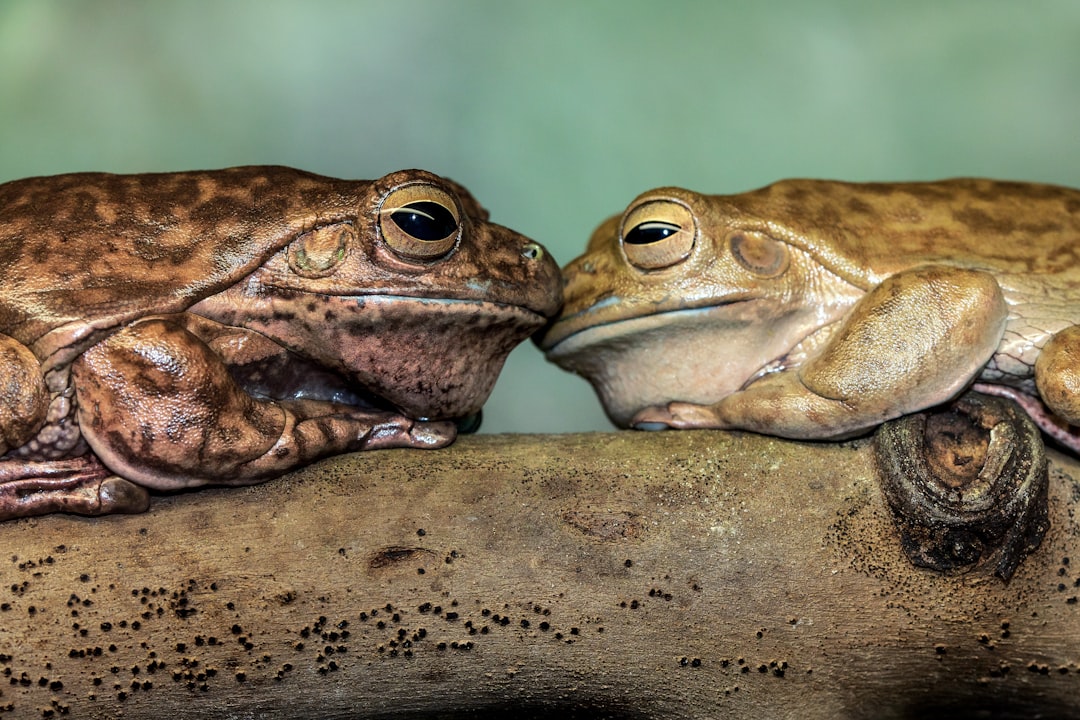What is it about?
Within the ant-parasitic wasp family Eucharitidae (Hymenoptera), the Kapala clade is a monophyletic group attacking Ectatomminae and Ponerinae. Members often express extreme phenotypic features, especially in the morphology of the paired frenal spines. Although the means of attack and developmental history of the eucharitid wasps within the ant nest are very similar, themeans by which they oviposit and optimize encounters of their active first-instar larvae with ants is highly variable. The relationships and life-history strategies of Lasiokapala Ashmead (Hymenoptera: Eucharitidae) and related taxa within the Kapala clade are discussed based on phylogenetic analyses of morphological and molecular data. Descriptions are provided for the adults (both sexes), eggs and planidia of Lasiokapala spiralicornis sp.n. from Santiago del Estero (Argentina). Females deposit their eggs on the underside of leaves of Sida cordifolia L. (Malvaceae) and the likely host is postulated to be the genus Ectatomma (Formicidae: Ectatomminae). Even within a closely related group of genera, there is extreme independent divergence in morphology of scutellar spines, antennae and other features, but the larvae and larval biology are highly conserved across a much larger group of Eucharitidae.
Featured Image
Read the Original
This page is a summary of: Biology and phylogenetic placement of a new species of Lasiokapala
Ashmead from Argentina (Hymenoptera: Eucharitidae), Systematic Entomology, June 2016, Wiley,
DOI: 10.1111/syen.12176.
You can read the full text:
Contributors
The following have contributed to this page










